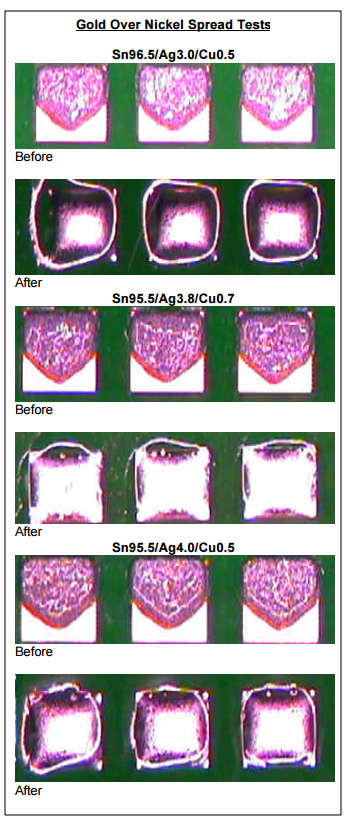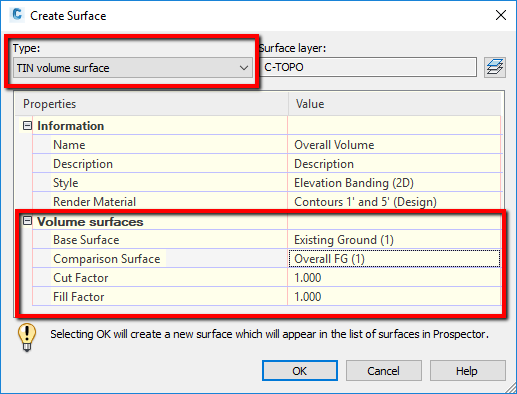At least not easily. Just know that a large TIN will generate an extreme amount of data points.

Create A Surface In Civil 3d From An Existing Autocad Drawing Part 1 Of 2 Youtube
If that method doesnt work for you there are lot of ways to create TINs for use as elevation surfaces in ArcGIS.

Export tin surface from civil 3d to gis. Open a drawing with surfaces that you want to export to DEM. So its not usable. An image with elevation data can be imported as imagery or a surface can be created from it but an image without.
Visible linework must be present in the drawing in order to export a Civil 3D. Use Feature Class Z to ASCII. Click the Add Data button.
To convert the edges of an input TIN to a line feature class use the TIN Edge tool. Follow these steps to convert an ESRI TIN file to an elevation raster using ArcGIS and the 3D Analyst extension. Choose a cell size appropriate for the task at hand.
Back to Topic Listing. But the export to csv stock reporting tool sucks. In civil 3D create a new empty surface tin or dem and then add the clipped raster to your civil 3d surface.
Add a TIN as a 2D layer. There is a tool within the 3D analyst extension called LandXML to TIN that can create a surface called a Triangular Irregular Network elevation surface out of a LandXML file. Export a Civil 3D Surface into an AutoCAD DWG File Format.
1 Go To File Export Autodesk Civil 3D Drawing. Dume Youll have to create a drawing that contains the surface and then extract the triangles. Both Civil 3D and InRoads have the option to both import and export LandXML data while ArcGIS is able to import the LandXML format but not export surface data from its TIN format to LandXML.
So you have a shp file with contour data in it and you need to create a surface from it. However the file does not contain any data or you receive the following warning message. To create an empty TIN follow these steps.
I need to export a 3d cad surface to ArcGIS and cannot find any way to export it to bring it into ArcGIS does anyone know how to do this. To export a dwg file of a Civil 3D Toposurface do the following. Double-click Create TIN to open the tool.
Use the TIN Node tool in 3D Analyst to generate a shapefile of points for the TIN. This is the first time I have imported a dgn file into Civil. Article collaborator Justin Comeau and I created the steps listed below for export from Civil 3D and import into ArcGIS for Desktop.
There is a tool within the 3D analyst extension called LandXML to TIN that can create a surface called a Triangular Irregular Network elevation surface out of a LandXML file. I need to export 7 million points from a tin surface to text file with only NEZ in comma delimited format for Surfer 9 software. I have found that 26 million is the import limit for Civil3D and is easily attainable if your TIN is based off.
Rather than creating more or less 3D faces based on source elevation data as in the TIN surface a grid surface will have a pre-defined number of faces based on the desired grid spacing. This converts the parcels into data objects polylines with attributes associated to the data objects. No entity to export The type of data selected for the shape file were not Point Line Polygon Text Change the surface style to display contours in Civil 3D.
The TIN Layer contextual tab appears to format appearance settings or access specific surface analysis tools for the TIN layer. Well look no further in this video Ill show you how to do just. JrubelMM3ZN 08-08-2018 0326 PM.
Export Civil 3D Objects to SDF. If the raster is in esri grid format choose the adf file that is the largest file size. On the Analysis tab click the Tools button.
The drawing contains contours lines with Z elevation data. Click Surface tabSurface Tools panelExport To DEM Find. Converting to a triangulated irregular network TIN can also allow you to enhance your surface model by adding features such as streams and roads.
Why the hell do you open the file and why leave an empty row between data points. You can export all types of AutoCAD Civil 3D surfaces including terrain and volume surfaces. 4 Turn off Include Sheets.
It shows how to get similar results as one got from Land Desktop. They make you choose this in the Dem file name option in the export surface dialog so its not immediately obvious where to change formats. When I create a surface using this geometry polylines some lines the surface.
AutoCAD Civil 3D. You can also bring raster data from ArcGIS into Civil 3D as imagery or create a surface from the raster data. You are exporting Civil 3D surface into shape shp format using MAPEXPORT command.
The new TIN can be read by ArcGIS as an elevation surface. Available with 3D Analyst license. Mark as New.
Creating Surface From DGN Contours. 2 Ensure the File Type drop down in the Top Left is assigned to AutoCAD DWG. Civil 3D objects such as parcels must be exported to Autodesk Spatial Data Format SDF before exporting to shapefile.
There is one major issue with the transfer of surface data in the LandXML format with ArcGIS. Follow these steps to convert an ESRI TIN file to an elevation raster using ArcGIS and the 3D Analyst extension. Clip the raster to the extent needed for analysis.
Type Create TIN in the search box and press Enter to search for the tool. In the past up until version 9x there was Google extension that allowed to export TIN and other vector data to SKetchUp then owned by Google. You can then import the drawing or do whatever Revit does to bring drawings in and then create a topo from the triangles.
Right now i have the civil 3d surface. A TIN can be displayed in both 2D and 3D using map and scene views. Convert your tin to raster in arcgis using the tin to raster command.
You can bring ArcGIS data layers that contain points lines and polygons into Civil 3D as alignments feature lines gravity pipes parcels points or structures. This issue was highlighted on StackExchange and by ESRI users as an ArcGIS Idea. The following ArcGIS 3D Analyst extension tools can be used to convert your TIN data.
ArcGIS TIN file is a proprietary file format that cannot be exported to other 3D TIN formats. A grid surface is made up of elevation points on a regularly spaced grid. 1 Export Civil 3D data to SDF format I will use 2012.
You can export surface data to a DEM file and use the surface in other applications that support DEM data files. The new TIN can be read by ArcGIS as an elevation surface. 3 Set Files to Export as Current Drawing Only.
Specify the parameters and click Run to build the TIN surface. English French Français German Deutsche Italian Italiano. A AeccExportToSDF Civil 3D only is the command or Output from the Civil 3D toolbar then Export Civil Objects to SDF in the Export box this may very per Civil 3D versions.
To add a TIN to the active map or scene use the following steps. Message 2 of 14 nbartholomew. If you are using ArcGIS 9x and can find this old extension you can still do.
A Triangulated Irregular Network TIN is a vector representation of a ground surface. You can convert a raster surface to a TIN for use in surface modeling or to simplify the surface model for visualization. Click the Map tab.
The storage size required for a grid surface is directly proportional to the size. If that method doesnt work for you there are lot of ways to create TINs for use as elevation surfaces in ArcGIS. The Geoprocessing pane appears.
Browse to the TIN and click OK to add it to the map or scene. The good news that we. Creating a TIN surface from raster data.
From SketchUp Pro you can then export to a other formats. To convert the hard and soft breaklines of an input TIN to a new 3D polyline feature class. Import the ASCII as an XYZ datafile and you can save the surface into any supported drawing type.
In Civil3d 2010 you can choose GeoTiff as an export option then load into QGIS 18 as a regular old raster create a hillshade etc. To convert the interpolation zone of an input TIN surface into a new 3D polyline or 3D polygon feature class use the TIN Domain tool. Click on the surface from contextual ribbon click on Extract Objects.
This video shows how to export Civil 3D Surfaces and contour labels to AutoCAD objects. TIN Surface saved as tin file.


